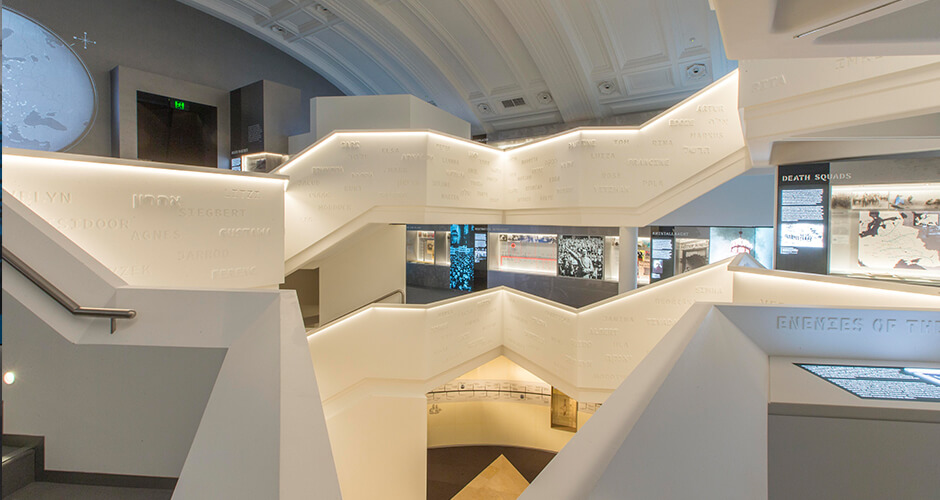
The United States Holocaust Memorial Museum received $148.7 million in total revenue in 2018, $57.5 million from contributions and grants from private sources, $53.6 million from government contributions, $11.7 million from membership dues, and $9.2 million from fundraising. The institution’s total assets also grew majorly every year as the assets were valued at $403 million in 2013, $445 million in 2014, $474 million in 2015, $551 million in 2016, $648 million in 2017. The museum’s total functional expenses was $104 million in 2013, $101 million in 2014, $104 million in 2015, $116 million in 2016, $114 million in 2017. The USHMM’s total revenue increased to $124 million in 2013, $128 million in 2014, and then jumped to around $163 million in 20 before falling slightly to just under $159 million in 2017, and fell again to $148 million in 2018. It also had a total asset amount of just under $364 million and a total liability amount of slightly under $36 million.

The museum spent a total of $34.6 million on salaries and wages, $1.7 million on compensation for its officers, directors, and trustees, and $21 million which was marked down in the “other” category. In the same year, the USHMM had just under $96.5 million in total expenses. The museum received a total revenue of just under $99 million in 2012 with just over $9 million coming from membership dues, $6.3 million from fundraising events, $48 million from government contributions, and $23.2 million from grants and contributions from private sources. Holocaust Memorial Council, receives large amounts of money from multiple sources including private grants and contributions, membership dues, and government grants. The United States Holocaust Memorial Museum, via its U.S.

The museum’s council created the Committee on Conscience in 1994 which would dedicate itself to “work to halt acts of genocide or related crimes against humanity.” It also sponsored and announced the Atrocities Prevention Board in 2012. The museum itself is staffed by more than 400 individuals with over 300 volunteers, including 64 Holocaust survivors as of 2021. The council is comprised of 55 private citizens appointed by the President of the United States, five members of the Senate, five members of the House of Representatives, and three ex-officio members from the federal Departments of Interior, Education, and State.

The United States Holocaust Memorial Museum is overseen by the United States Holocaust Memorial Council. The USHMM was originally chartered by United States Congress in 1980 under the Carter administration, and the building itself, completed in 1993 under the Clinton administration, is located next to the National Mall in Washington, D.C. The United States Holocaust Memorial Museum (USHMM) is the national governmental institution on the documentation, study, and interpretation of the Holocaust and is also the United States’ official memorial of the victims of the Holocaust. The museum awarded the United States Justice Department the Elie Wiesel Award, its highest honor, in April 2021 for its work at prosecuting individuals involved with the crimes of Nazi Germany in World War II. Mellon Foundation, and the William and Sheila Konar Foundation. It receives large amounts of money from multiple sources including membership dues, government grants, and private donations including from the Andrew W. The United States Holocaust Memorial Museum was originally chartered by United States Congress in 1980 under the Carter administration as a governmental institution to document, study, and interpret the Holocaust.


 0 kommentar(er)
0 kommentar(er)
